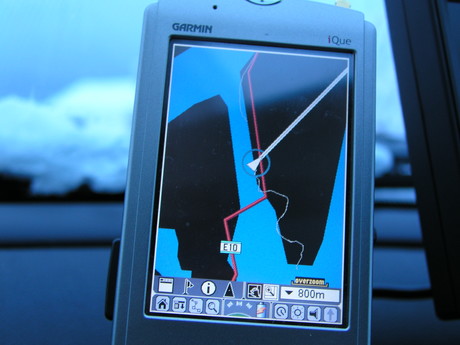GPS technology improved by Raytheon

The US Air Force Global Positioning System Next-Generation Operational Control System (GPS OCX) is being updated by Raytheon’s use of technology.
This new system will provide improved performance and security for the GPS technology accessed around the world.
Raytheon has completed its latest major systems engineering milestone for the final software iteration, a marker of the progress achieved by the GPS OCX program course corrections implemented over the last two years.
The milestone provided extra rigour and accountability around the systems engineering for the rest of the GPS OCX program. It also enables more efficient completion of the remaining software development and associated cyber protection capabilities that will harden the system against hackers, double GPS accuracy, enhance its availability and eventually replace the stop-gap and patching measures currently used on the legacy GPS ground system.
The OCX team reduced development cycle times to create more efficient and effective software development by using a commercial best practice called DevOps. DevOps combines commercial cloud technologies, new automation and software development processes. This is the first use of DevOps in a large-scale US Department of Defense acquisition program.
“The recent milestones achieved for OCX demonstrate our resolve to meet long-term schedule commitments and keep our momentum in 2017,” said Dave Wajsgras, president of Raytheon’s Intelligence, Information and Services business.
“These software development innovations are helping to drive OCX capabilities, the replacement of the legacy GPS ground system and significant enhancements to GPS overall.”
The US Air Force-led GPS modernisation program will yield new positioning, navigation and timing capabilities for US military and civilian users across the globe.
Developed by Raytheon under contract to the US Air Force Space and Missile Systems Center, GPS OCX is replacing the current GPS operational control system and will support the launch of the GPS III satellites. The new system is designed to provide enhanced performance, enable the effective use of modern civil and military signals and secure information sharing with unprecedented cyber protection.
Fleet comms enhanced for Alaskan fishing company
Inrico has delivered a customised communication system to the company, addressing the unique...
ACMA releases latest five-year spectrum outlook
The ACMA has released its Five-year spectrum outlook (FYSO) 2025–30, providing an overview...
It is possible to beam up quantum signals, scientists find
Quantum satellites currently beam entangled particles of light from space down to ground stations...




